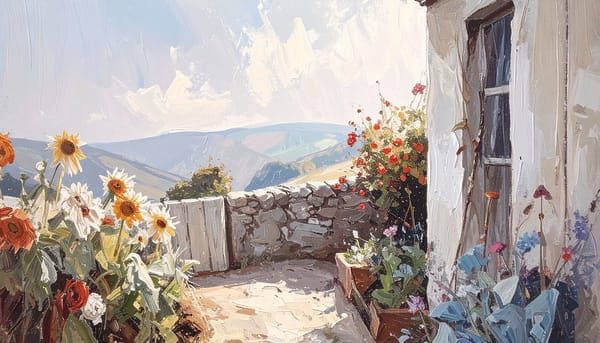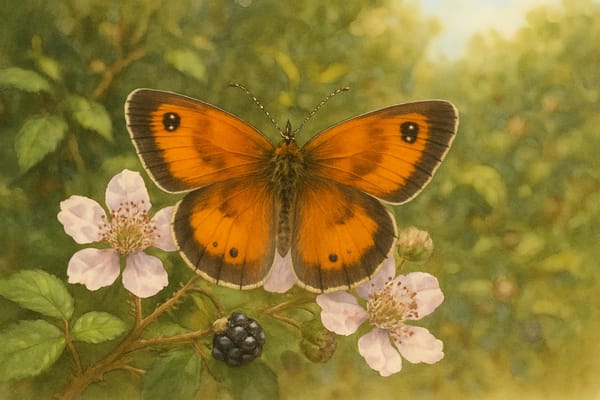A Seasonal Guide to Planting, Harvesting, and Wildlife
Planting Now — Setting Up for Autumn and Beyond
Late summer is a time of rich opportunity in Cornish gardens. With the region’s mild climate and long growing season, August and September offer a perfect window for planting crops that will flourish into autumn, winter, and even early spring.
- Salad Leaves & Lettuces – Sow for quick crops to harvest before the first frosts.
- Spinach & Chard – Reliable greens that will produce into the colder months.
- Beetroot – Late sowings for tender leaves or roots ready by October.
- Spring Onions & Hardy Oriental Greens – Ideal for autumn salads.
- Kale & Leeks – Plant now for continuous harvest through winter.
- Parsnips – Last chance to sow for hearty winter roots.
- Cabbage, Cauliflower & Broccoli – Sow or plant out for overwintering or early spring crops.
- Onions & Garlic – Plant in late summer to establish for harvest next year.
Harvesting Now — The Peak of the Productive Season
- Potatoes – Lift maincrop and new potatoes for storing.
- Runner & French Beans – Pick regularly to keep the plants productive.
- Peas, Courgettes & Sweetcorn – Late summer’s classic kitchen staples.
- Tomatoes, Cucumbers, Aubergines, Peppers – Peak harvest for greenhouse and outdoor crops.
- Root Vegetables – Carrots, beetroot, turnips, and swede ready for the kitchen.
- Leeks & Brassicas – Early crops now coming into their own.
- Salad Leaves – Cut-and-come-again varieties are still flourishing.
Wildlife & Pollinators — Late Summer Activity
Cornish gardens remain alive with pollinators and wildlife well into late summer:
- Bumblebees & Solitary Bees – Including rare species like the brown-banded carder bee and ivy mining bee.
- Honeybees & Hoverflies – Vital late-season pollinators.
- Butterflies – Red admirals, painted ladies, peacocks, and small tortoiseshells feeding on sedum, buddleia, and ivy.
- Moths & Wasps – Important (and sometimes overlooked) autumn pollinators.
Key Plants for Late-Season Pollinators:
Ivy, sedum, dahlias (open varieties), buddleia, hardy annuals.
Seasonal Care & Garden Preparation Tips
- Clear Spent Crops – Remove old plants and compost healthy debris.
- Improve Soil – Dig in organic matter like compost or leaf mold.
- Mulch & Feed – Apply mulch to conserve moisture and suppress weeds.
- Plan Crop Rotation – Especially important for brassicas and roots.
- Water Wisely – Water deeply and less often to encourage root growth.
- Protect Young Plants – Use cloches or fleece in exposed coastal spots.
- Monitor for Pests & Diseases – Keep on top of slugs, snails, and mildew.
Sowing Now for a Vibrant Next Season
- Hardy Annuals – Cornflowers, nigella, calendula, ammi, poppies.
- Biennials & Perennials – Foxgloves, sweet william, rocket.
- Bulbs for Spring – Daffodils, tulips, alliums, irises.
- Pollinator Favourites – Verbena bonariensis, echium, agapanthus.
In Summary:
Late summer in a Cornish garden is a moment of abundance and preparation. By planting now, you extend the growing season and set the stage for a colourful, productive garden into autumn and spring. Keep an eye on wildlife, support pollinators, and take time to enrich your soil — your future garden will thank you.









